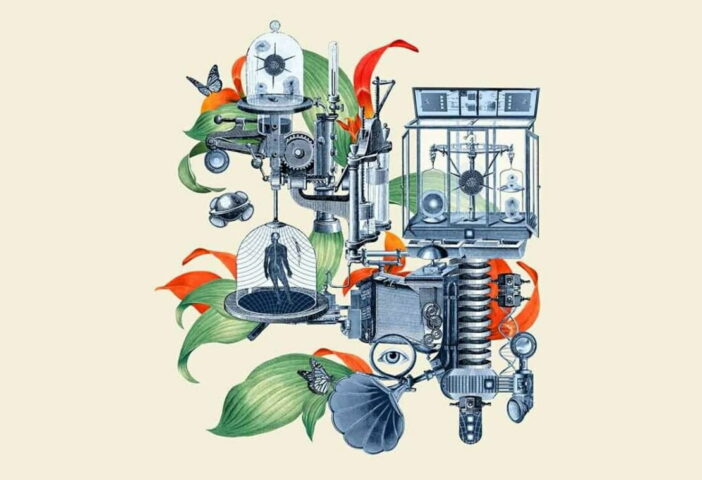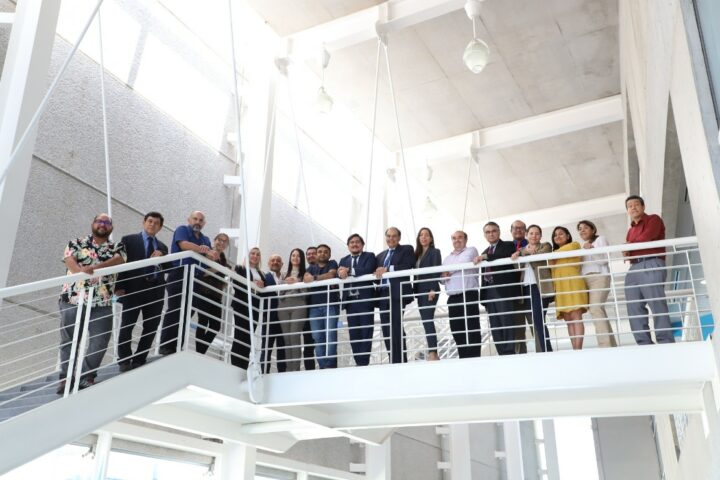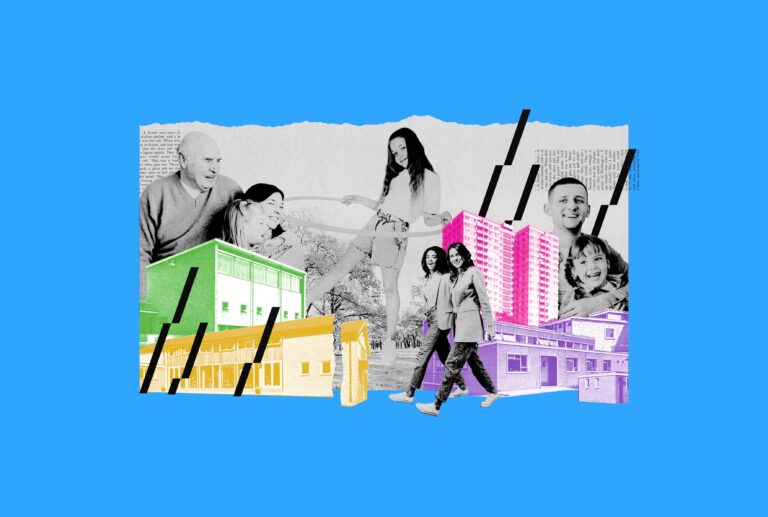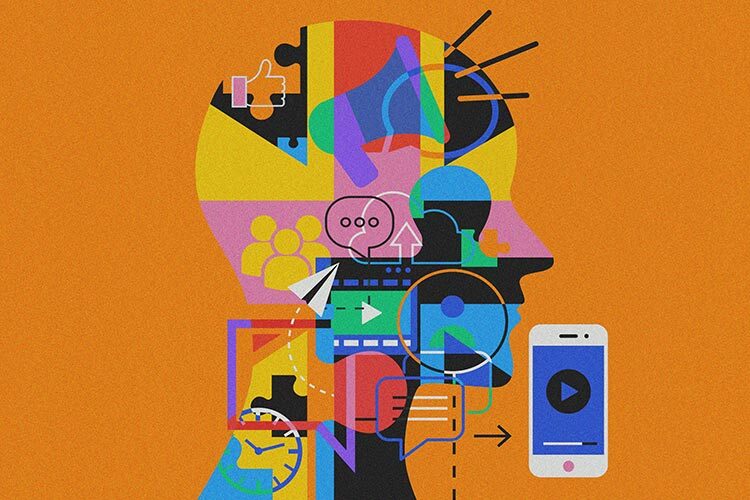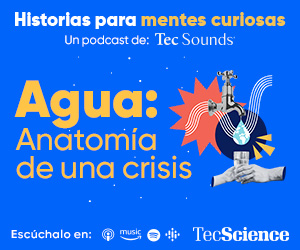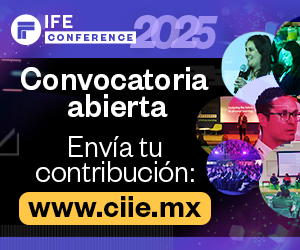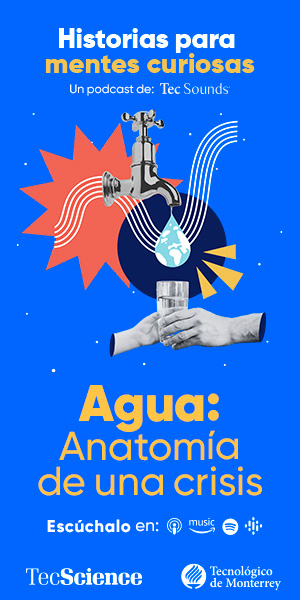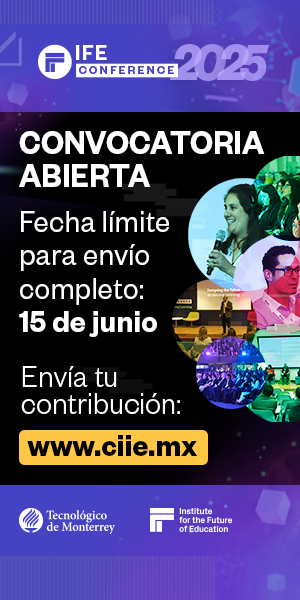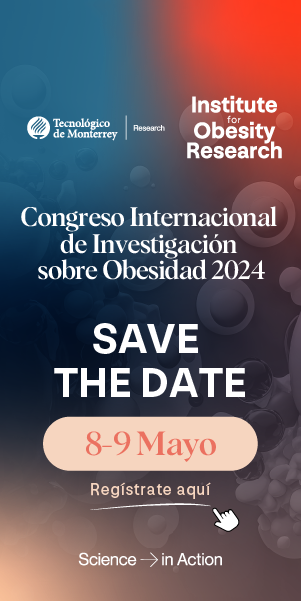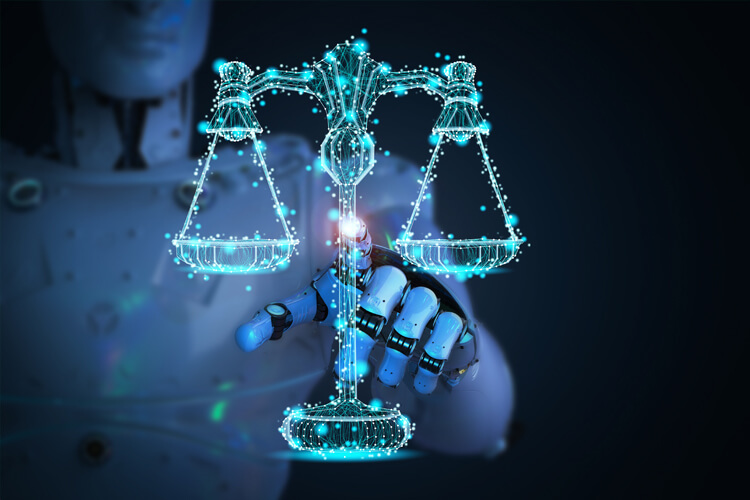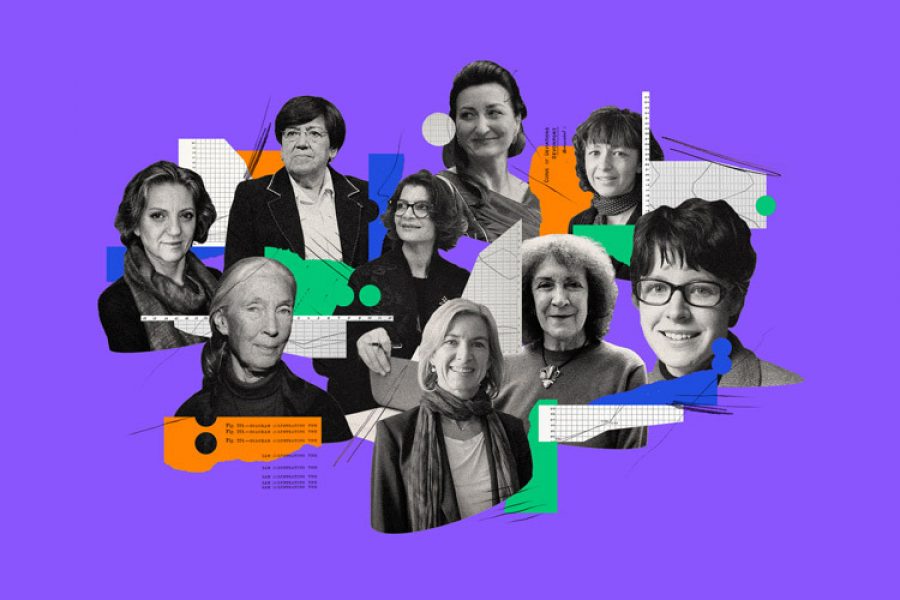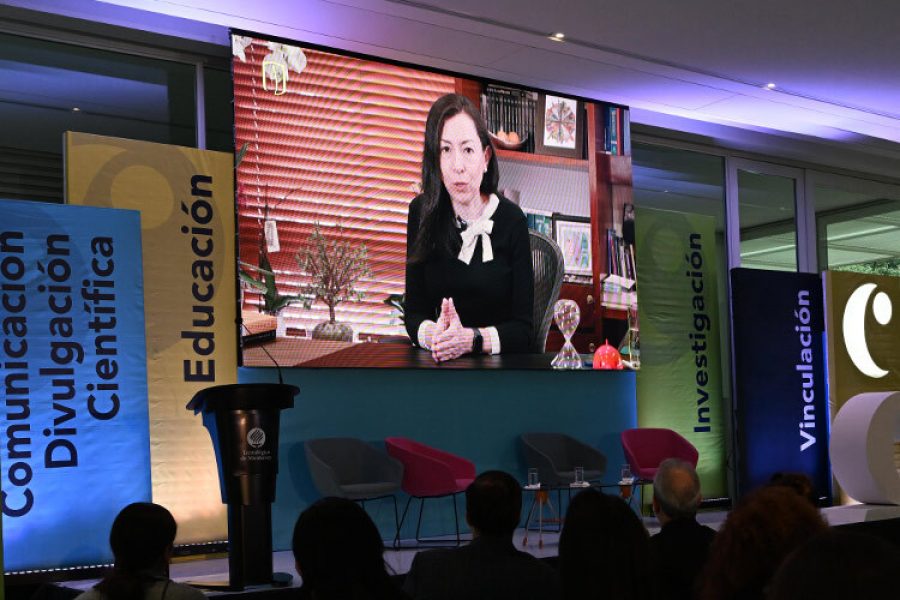One of the Sustainable Development Goals of the United Nations aspires to make cities more inclusive, secure, resilient, and sustainable, and with cities predicted to hold 60% of the global population by 2030, Data and Artificial Intelligence seem to be major paths for evolving traditional urban centers into smart cities.
According to Francisco Falcone, a research professor at Tec de Monterrey and the head of the Institute for Smart Cities at the Public University of Navarra, smart cities are complex systems made up of connected subsystems such as transportation, energy, healthcare, water, and industry.
These subsystems use technology and data to improve the efficiency of many different processes.
This field of study has brought together researchers, academics, and technology specialists, as well as urban planning professionals, all with the goal of developing innovative strategies.
One important partnership is the book “Data and AI Driving Smart Cities,”, a combined effort of multiple institutions, focused on activities and case studies related to smart cities, their citizens, houses, and shared public areas, which includes contributions from Arizona State University, UC Berkeley, Concordia University, and Tecnológico de Monterrey.
“Conventional cities are evolving into smart cities, and our goal is to identify common challenges that these cities may face,” explains Juana Isabel Méndez, a researcher at Tec de Monterrey’s Institute of Advanced Materials for Sustainable Manufacturing (IAMSM) and author of the book.
An Emphasis on Citizens, Cities, and Communities
Méndez emphasizes a crucial part of the book, the “Smart C3 Model,” which encompasses “City, Community, and Citizen,” designed by Pedro Ponce, an IAMSM researcher who works on collecting and evaluating data in order to gradually convert cities into more intelligent, safe, and sustainable.
“Imagine a city model that incorporates human behavior: when people leave, how they move, the routes they take, their needs for meals and safety, the locations of schools, the student population, and their mobility,” described Ponce in a previous TecScience interview.
This three-tiered concept includes the “City,” which focuses on improving urban services and general quality of life through the use of information, data, and urban-level technology.
The “Community” layer focuses on interactions between various communities or groups inside a city, with the eventual objective of using Artificial Intelligence and technology in places such as colleges, industrial parks, and other locations.
The third layer, “Citizen,” focuses on the people who live in communities and cities, emphasizing the need for active citizen engagement in city transformation.
This third layer uses gamification technology to engage individuals and make them more open to technological advancements.
In addition, ethical data and AI usage issues are addressed for better city processes.
According to Méndez, they also used Maslow’s hierarchy of necessities as a framework to understand human needs, providing the framework for service customization and increased public engagement in such initiatives.
Data and Artificial Intelligence in Smart Cities: Case Studies
The book also discusses typical urban issues such as climate change, air pollution, and economic inequality.
To deal with and reduce these issues, the authors provide a sustainable approach that includes active community engagement and the use of technology in urban contexts.
Case studies and practical assessments show how traditional cities might grow into smart cities.
For example, the Tecnológico de Monterrey Campus City initiative employs a university campus as a living laboratory to apply, test, and create new solutions to urban challenges.
The book explores the features and activities performed by smart cities such as Singapore with its technology and Tokyo with its transportation network.
“We hope that this book will be useful to academics, researchers, professors, and even student communities, as well as the industrial sector. When individuals want to promote aspects of a smart city, they might use these case studies to evaluate certain helpful factors,” Méndez concludes.


